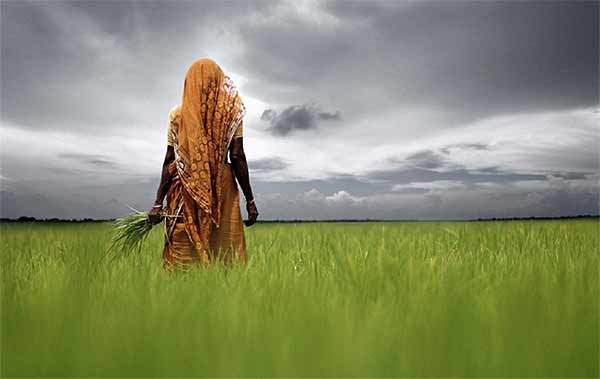Why did the earliest farmers in the Fertile Crescent, an arc of land in western Asia from the Mediterranean Sea to the Persian Gulf, domesticate some cereal crops 10,000 years ago and not others?
The answer seems obvious; food was a strategic resource and they chose the products that would grow the best because that meant food security. Once the basics were covered, then other crops and culture could thrive. The modern world came to be due to genetic optimization of wheat and barley and other grasses, based on a lot of trial and error.
A new study identified two key characteristics shared by the wild relatives of current crop plants: they have bigger seeds, which means bigger seedlings and a bigger share of light and nutrients, and as adult plants they are less bushy than other grasses and package their big seeds onto fewer stems.
This means crop wild relatives perform better than the other wild grasses that they are competing with and are better at growing close together in fields, making them ideal for using in agriculture.

Credit: Allow Golden Rice Now
"Our results surprised us because numerous other grasses that our ancestors ate, but we do not, can produce just as much seed as wild wheat and barley. It is only when these plants are grown at high densities, similar to what we would find in fields, that the advantage of wild wheat and barley is revealed," says Dr. Catherine Preece, who conducted the study with colleagues from the University of Sheffield's Department of Animal and Plant Sciences and Department of Archaeology. "The results are important because our expanding human population is putting increasing demands on food production. Before humans learned how to farm, our ancestors ate a much wider variety of grasses. If we can understand what traits have made some grasses into good crops then we can look for those characteristics in other plants and perhaps identify good candidates for future domestication.
"To shape the future we must understand the past, so the more we can discover about the origins of agriculture, the more information we will have to help us tackle the challenges that face modern day food production."
So far the researchers have been conducting their experiments in greenhouses and their results indicate that the traits affecting how plants compete with each other are crucial factors to determining the success of a crop.
The team now plan to observe how the plants interact in their natural environment by growing them in experimental fields in Turkey, the heart of the Fertile Crescent. They hope that their experiments will yield another crop of important results.
"Cereal breeders are taking an increasing interest in modern crops' wild relatives as a source of useful traits that may help to increase yields or increase resilience to climate change, and our work should help in this process," said Preece.






Comments